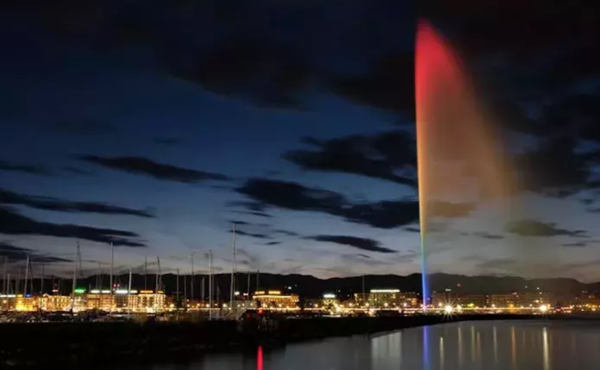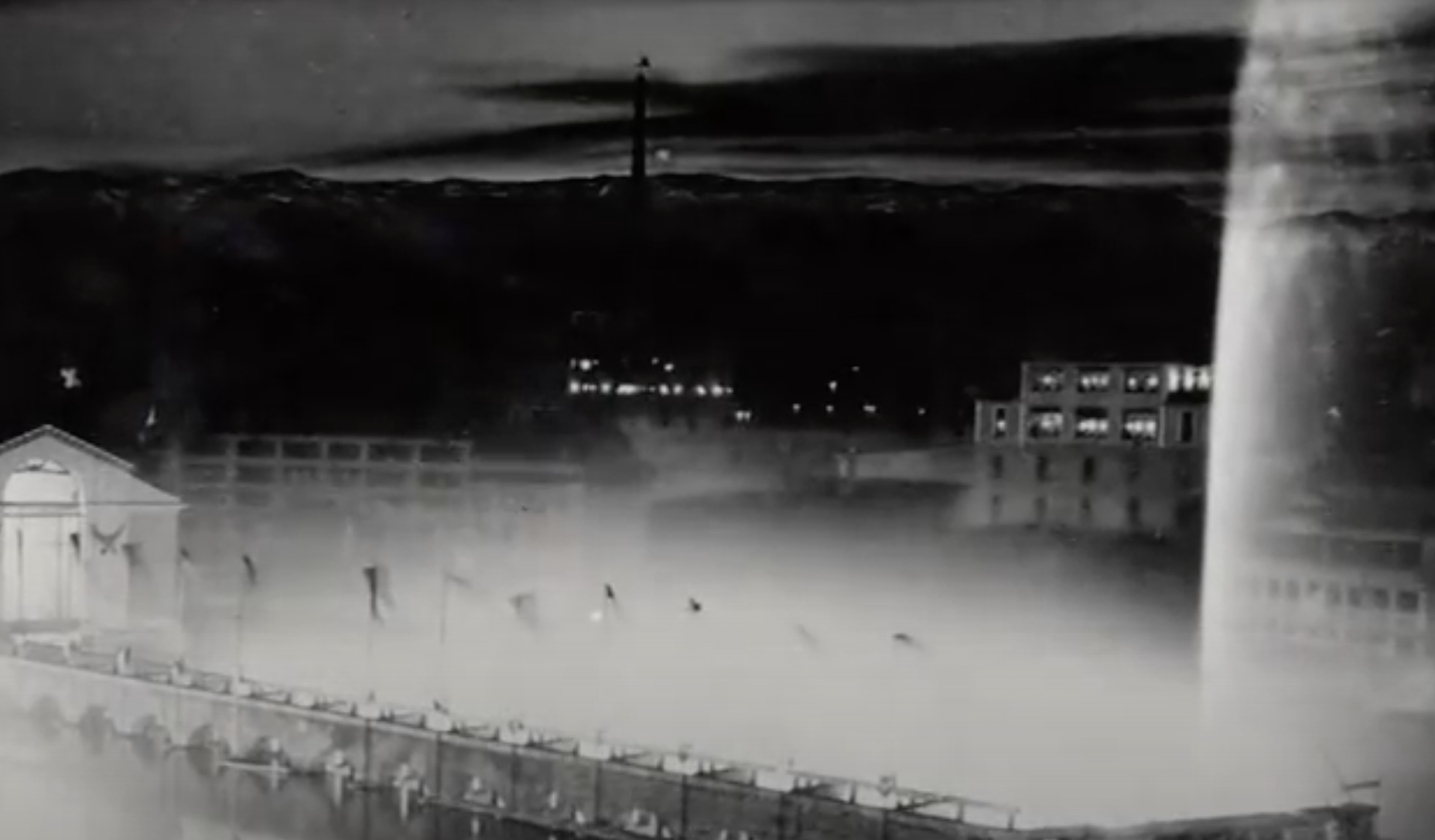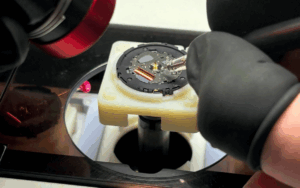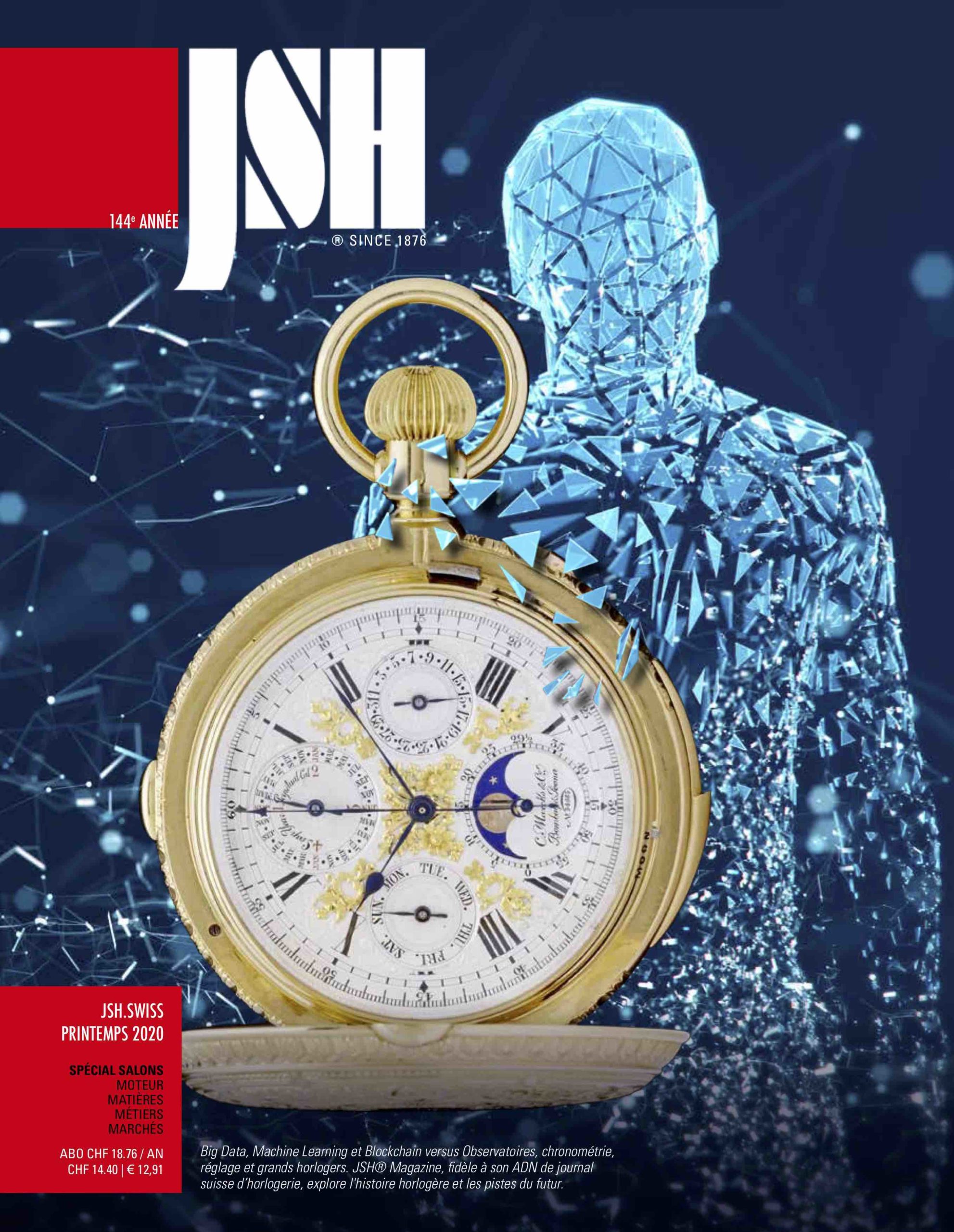Geneva’s internationally renowned symbol, the jet d’eau, celebrated its 130th anniversary in 2021. In the one Swiss city that perhaps owes the most to watchmaking, no-one has thought to recall its watchmaking origins!
Joël A. Grandjean, JSH® Magazine & Swiss Watch Passport’s Editor in chief
Insta SWP | Insta JSH® | Facebook | Twitter | Linkedin
One of the next colorings of the Geneva Jet d’Eau will be blue, to celebrate World Water Day on March 22, 2023. So why not remind Geneva and its officials of the importance of water in the history of watchmaking and, by the way, the significance of watchmaking in its symbols.
The Cabinotiers and the jet d’eau
With the 2021’s celebrations marking the 130th anniversary of the jet d’eau, we have reached the absolute pinnacle of Geneva’s bass and latent ingratitude towards its legendary industry. For it is to watchmaking that the city owes this crowning jewel and major symbol of a world tourism that never tires of its ephemeral, living spectacle!
For there was a time when the workmen’s machines were powered using the water energy generated by the hydraulic plant built at La Coulouvrenière in 1886. Its mission was to distribute the motive power of the Rhône to the surrounding craftsmen. However, the craftsmen to whom the official brochure of the SIG refers – the Services Industriels de Genève, in charge of water distribution – were mainly workers in the watchmaking industry, the so-called cabinotiers.
The story goes that all the taps in the different companies were opened by the workers at the start of the day and then at the end of their day’s work, when they were all turned off more or less at the same time, the whole of the piping system was said to have reached explosion point under the incredible pressure. Therefore the SIG, supposedly after one telling incident, installed a decompression system in the little harbour, which thus created a short-lived balletic fountain display every day at the same time, much to the delight of passers-by. And it was this spectacle that gave rise to the idea of turning it into a symbol and moving it to its present site, where it continues to reside as a world-wide fairy-tale attraction. It is the most photographed construction in Geneva and predates the floral clock. Well, the most photographed monument in Geneva, before the Flower Clock and the Chair in front of the United Nations.
Believe it or not, every time I have had occasion to tell this story to the city’s officials, including one former mayor, I have been shocked at the look of surprise on their faces. When confronted with the story of the fountain, they have all been utterly non-plussed.
To someone who is passionate about watchmaking, its industrial and cultural history, such ignorance is inadmissible. For the true origins of the jet d’eau, erased for I-know-not-what good reason, can be found neither in the Swiss history books, nor in the press, nor even in the city’s collective conscience… Oh, beautiful… and ungrateful Geneva!












